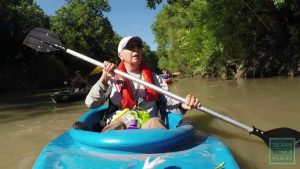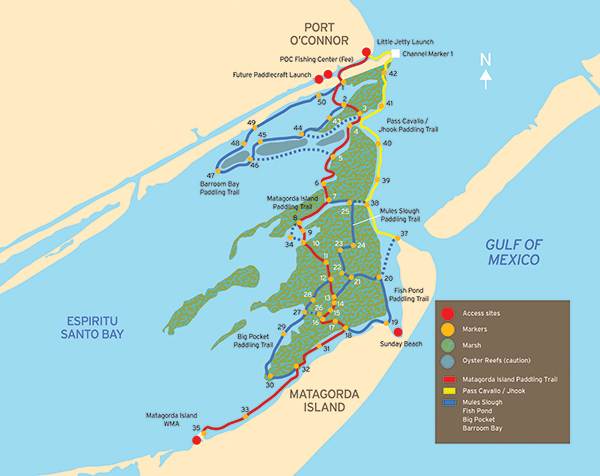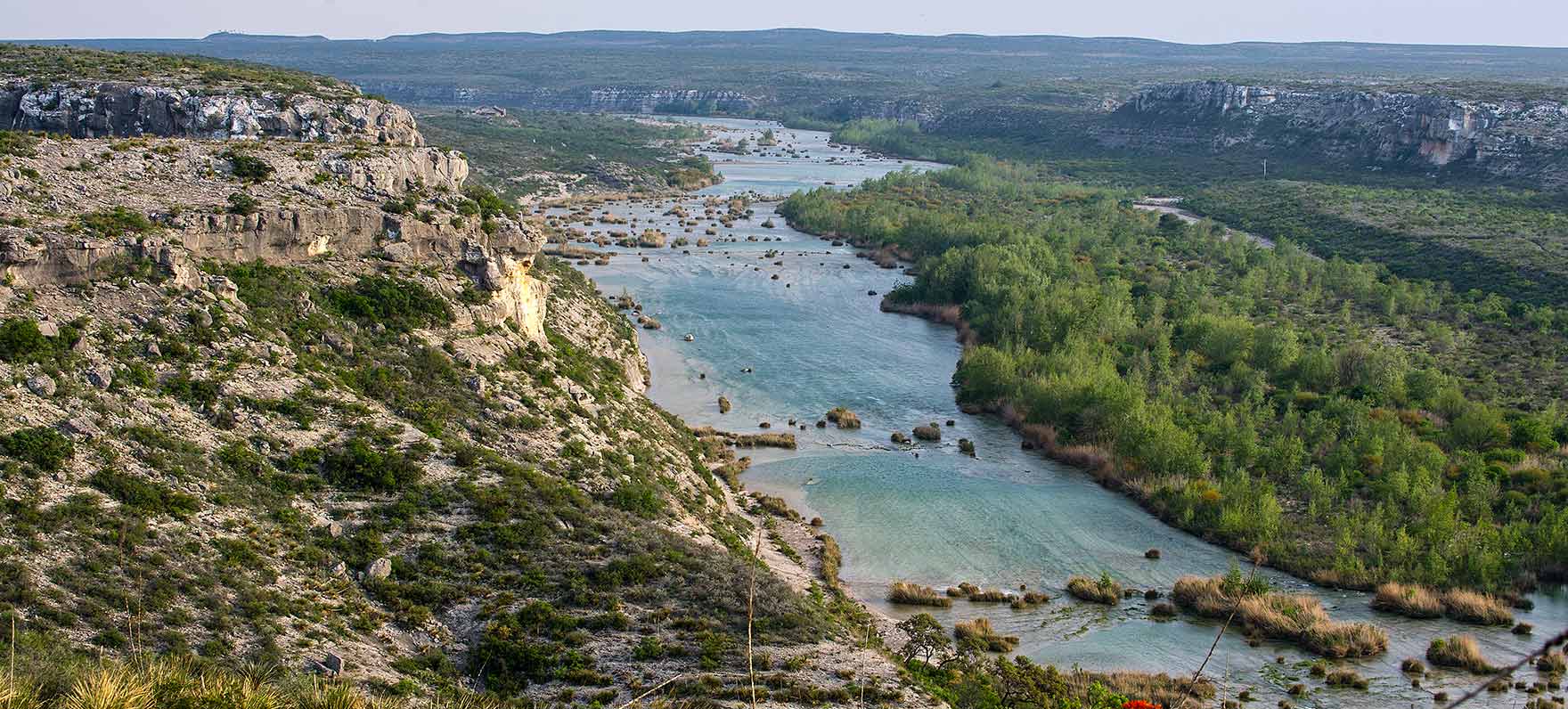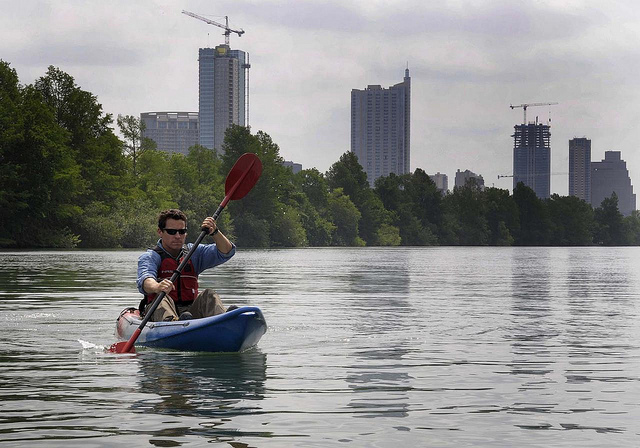TPW TV- Goliad Paddling Trail
Friday, May 11th, 2018This is Passport to Texas
Goliad State Park and Historic Site was the first park to host an inland paddling trail. The trail meanders along the San Antonio River.
It’s about 6.1 miles of beautiful pristine river. The site here in our park is the take out site. The other developed areas to get on the paddling trail is north of our park. So once you get to the park people have to get off the river unless they want to continue to float with no easy access to get off.
Brenda Justice is park superintendent. Next week the Texas Parks and Wildlife TV series on PBS features the trail and the folks who love it, including Charles Clapsaddle.
The six and a half miles current trail I can make in about an hour and a half, most people take a little over two hours. We will go pretty close to downtown Goliad, a couple of blocks from the courthouse and you wouldn’t know you were near a town. You hear crickets and cicadas and birds, nothing that sounds like humans. It’s a nice friendly river.
Even people new to paddling will enjoy the Goliad Trail.
It’s a coastal stream so it has muddy banks. Grass and trees grow right down to the bank. You usually see a lot of wildlife because of that. It’s good for families. You don’t have to be a skilled canoeist or a kayaker to enjoy the river. Right now we’re just drifting, we’re floating on the current.
Get a sense of the Goliad paddling trail’s serene beauty next week on the Texas Parks and Wildlife TV series on PBS. Check your local listings.
That’s our show…For Texas Parks and Wildlife, Cecilia Nasti.







 Passport to Texas is a
Passport to Texas is a  Passport to Texas is made available by:
Passport to Texas is made available by: